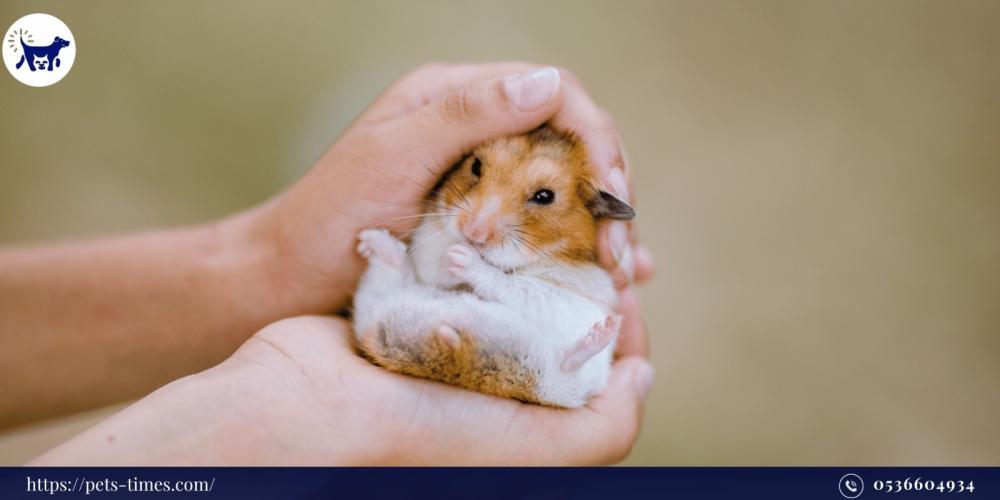Start Slow: Let Them Get Acclimated
When you bring your new hamster home, remember that they are in a completely foreign environment. It's normal for them to feel scared or nervous for the first few days.
The First Days: Leave your hamster in its cage without trying to touch it. Let it explore its new environment, find hiding places, and get used to the smells and sounds of your home.
Speak Calmly: Begin by speaking to your hamster in a calm, low voice.Sit near the cage and talk to it regularly. This helps it get used to your voice and consider it a familiar part of its environment.
Building Trust: Scents and Rewards
Offer your hand (quietly): After a few days, place your hand inside the cage, but don't try to touch it. Just let it smell your hand and get used to your scent.
Use Rewards: Place a small, tasty treat on the palm of your hand and have the hamster come to get it. Repeat this regularly. When it comes to get the food, don't try to catch it. Let them take the food and go.
Let them climb voluntarily: The goal is for the hamster to climb onto your hand on its own to feel safe and comfortable. When it begins to climb onto your hand to take the food, slowly lift your hand a very short distance.
Handling gently: Make the experience positive.
When the hamster is comfortable climbing onto your hand, you can begin handling it, but always be very gentle and cautious.
Hold them securely: Hold the hamster with both hands; this makes it feel secure and prevents it from falling.
Handle them regularly but briefly: Start with short handling sessions and gradually increase them. Handle your hamster regularly to keep it accustomed to your presence.
Avoid waking them: Hamsters are nocturnal animals. Try to handle them in the evening when they are most active. Waking them up suddenly may make them feel scared or aggressive.
Understand their language: Signs and behaviors
Learning to read hamster body language will help you understand how they're feeling and build a better relationship:
Relaxation: A relaxed hamster may be grooming itself, stretching its body, or even sleeping in an open area.
Fear/Stress: A hamster may freeze in place, twitch, try to escape, or scream. If you see these signs, leave it alone.
Aggression: A hamster that feels threatened may hiss, stand on its hind legs, or attempt to bite. In this case, slowly back away and let it calm down.

